Name: Blue-eyed Shag, Imperial Shag, Blue-eyed Cormorant (Phalacrocorax atriceps)
Length: 70 to 80 cm
Weight: 1.5 to 3.5 kg
Location: Southern hemisphere from New Zealand and southern South America down to Antarctica
Conservation status: Least Concern
Diet: Fish, crustaceans, octopuses, worms, snails, slugs
Appearance: Blue, red, or purple ring around the eye (the skin around the eye is colored, not the eye itself). White underparts, black backs and heads, short black crest during breeding season
How do Blue-eyed Shags feed?
Blue-eyed Shags dive to average depths of 25 meters, reaching up to 60 meters. They fish in groups, called "rafts," near shore, herding fish together. They can stay underwater for up to 4 minutes.

Are Blue-eyed Shags social?
They form small colonies during breeding season, usually a few hundred members. They may share breeding grounds with Black-browed Albatrosses, Rock Shags, and Southern Rockhopper Penguins.
How fast do Blue-eyed Shags fly?
They can fly up to 50 km per hour.
What are Blue-eyed Shag birthing rituals like?
Breeding begins in October-November. Monogamous pairs build nests from grass and seaweed, using excrement and mud as mortar. Nests resemble small volcanoes. Females lay up to 5 eggs, usually 3. Incubation takes about 5 weeks, and chicks fledge a little over a month after hatching.
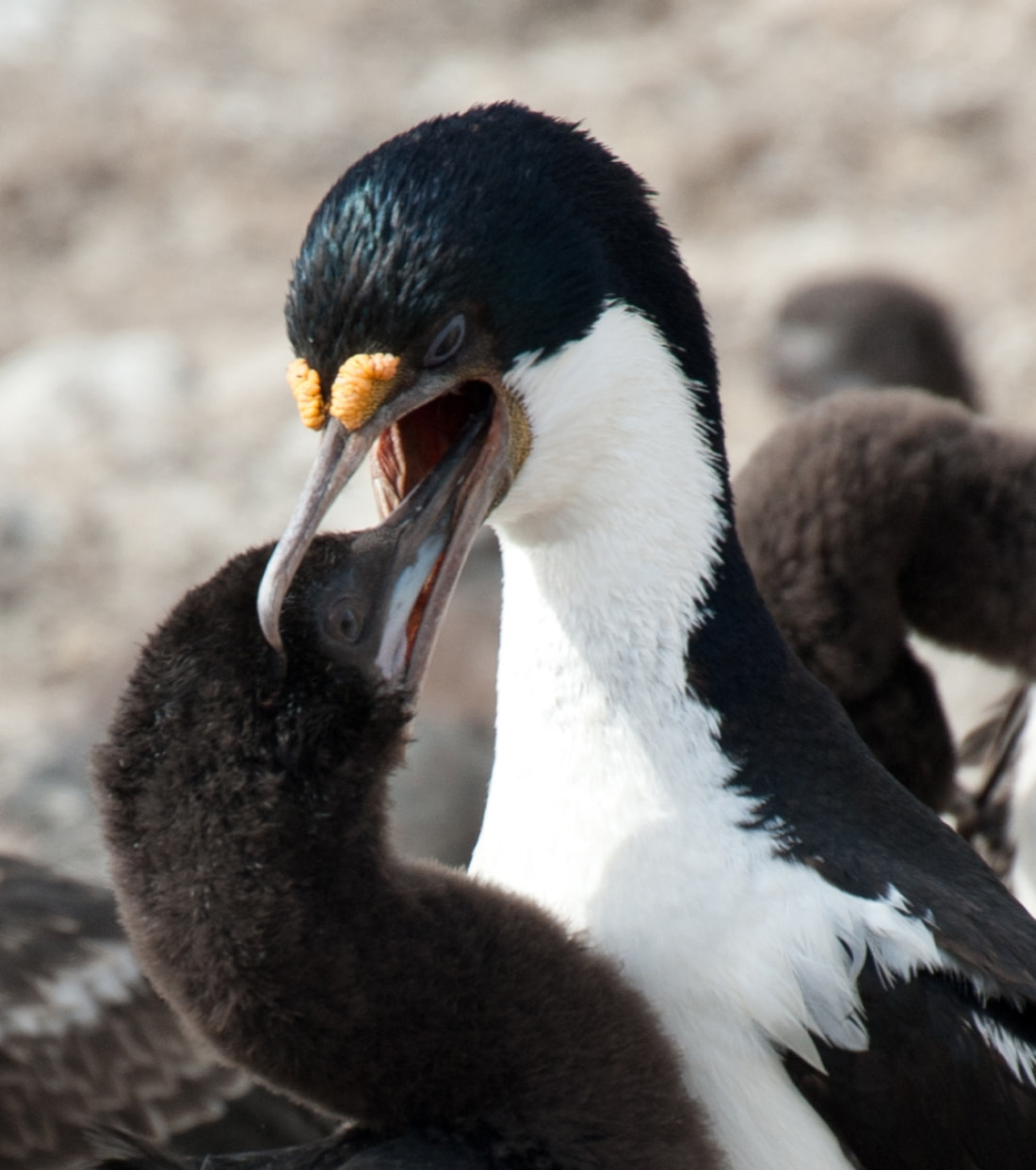
How long do Blue-eyed Shags live?
They live 15 to 20 years in the wild.
How many Blue-eyed Shags are there today?
Population estimates are uncertain due to taxonomic confusion, but rough estimates put the population at over 20,000 individuals worldwide.
Do Blue-eyed Shags have any natural predators?
Chicks and eggs are vulnerable to Sheathbills, Skuas, and sometimes rats. Adults can occasionally be taken by Leopard Seals.
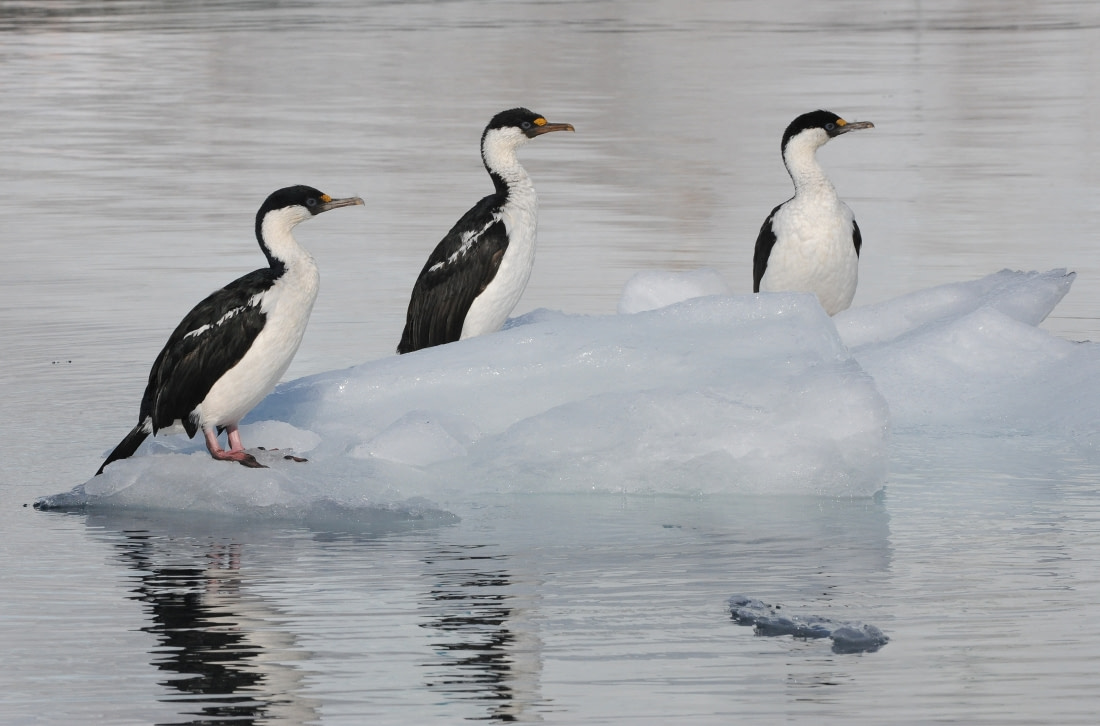
7 Superlative Blue-eyed Shag Facts
- The shag family has taxonomic confusion with 8 to 14 species, depending on the source.
- They are the only cormorants to enter the Antarctic proper.
- They are the only Antarctic birds to maintain a year-round nest if the area is ice-free.
- They stay close to their nests to feed, signaling nearby land to sailors and explorers.
- Their chicks are born without protective down, relying on parents for warmth.
- They often steal nesting material from neighbors.
- They have bumpy structures at the base of their bills called “caruncles.”




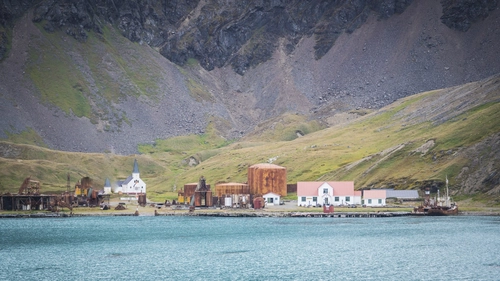

Related Trips


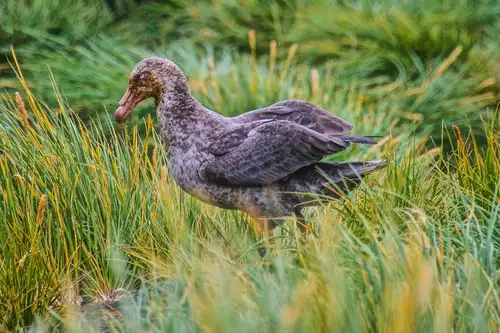
The Giant Petrels of King George Island
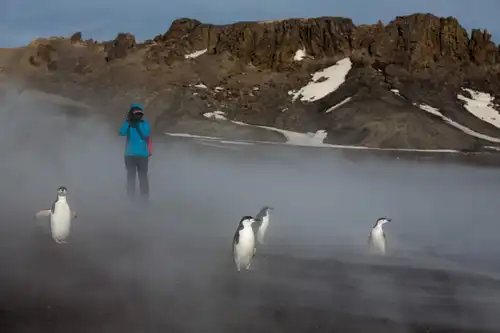
Graham Land: A landscape dominated by volcanoes
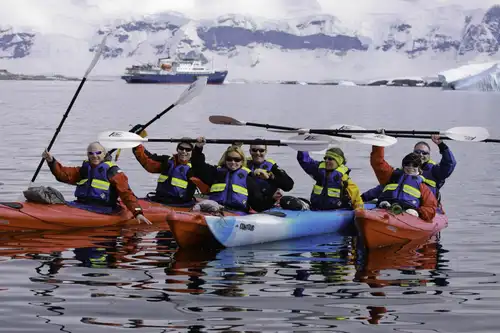
A Day of Basecamp in Antarctica – Paradise Harbour
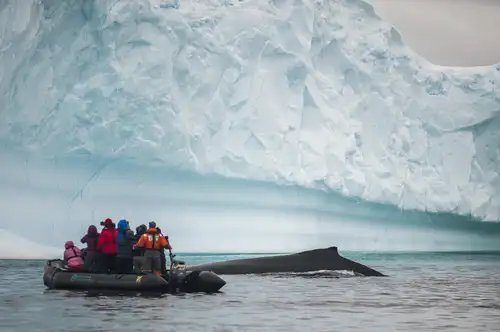
A Day of Whale Watching in Antarctica
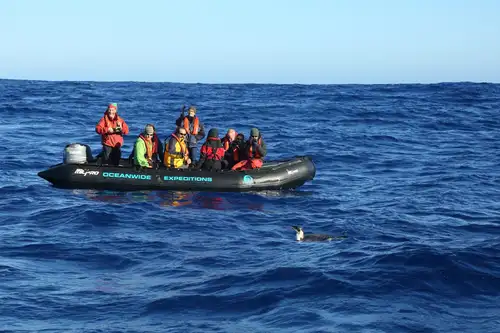
The Emperor Penguin of the Drake Passage
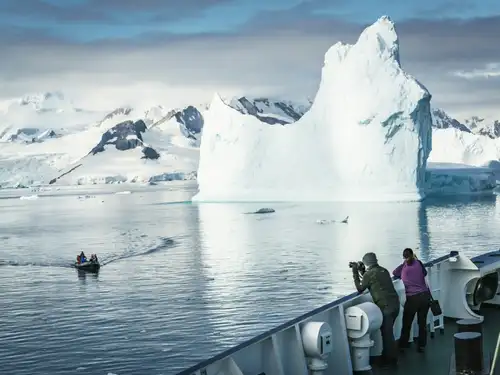
The Classic Polar Cruise: Antarctic Peninsula Facts, Pics, and More
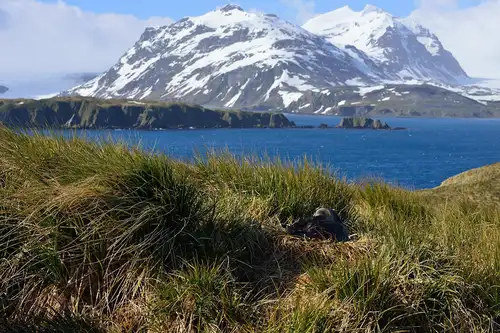
Flowers in Antarctica
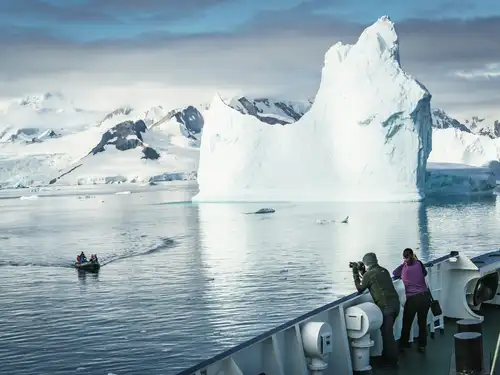
Antarctic Explorer’s Voyage

Port Lockroy: History, Post Office, and Resident Penguins
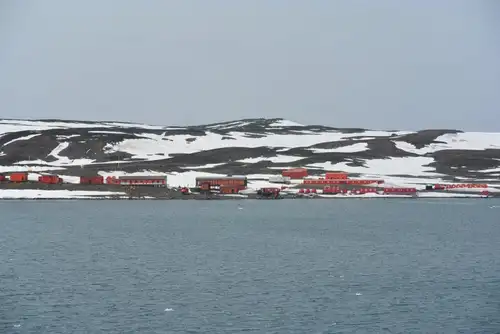
Living the Antarctic Dream
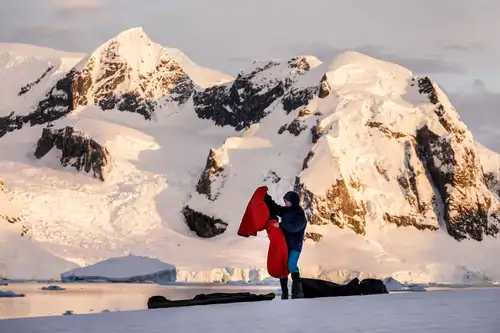
Camping in Antarctica: a True Expedition Experience
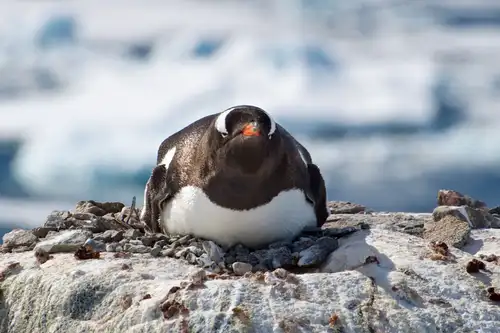



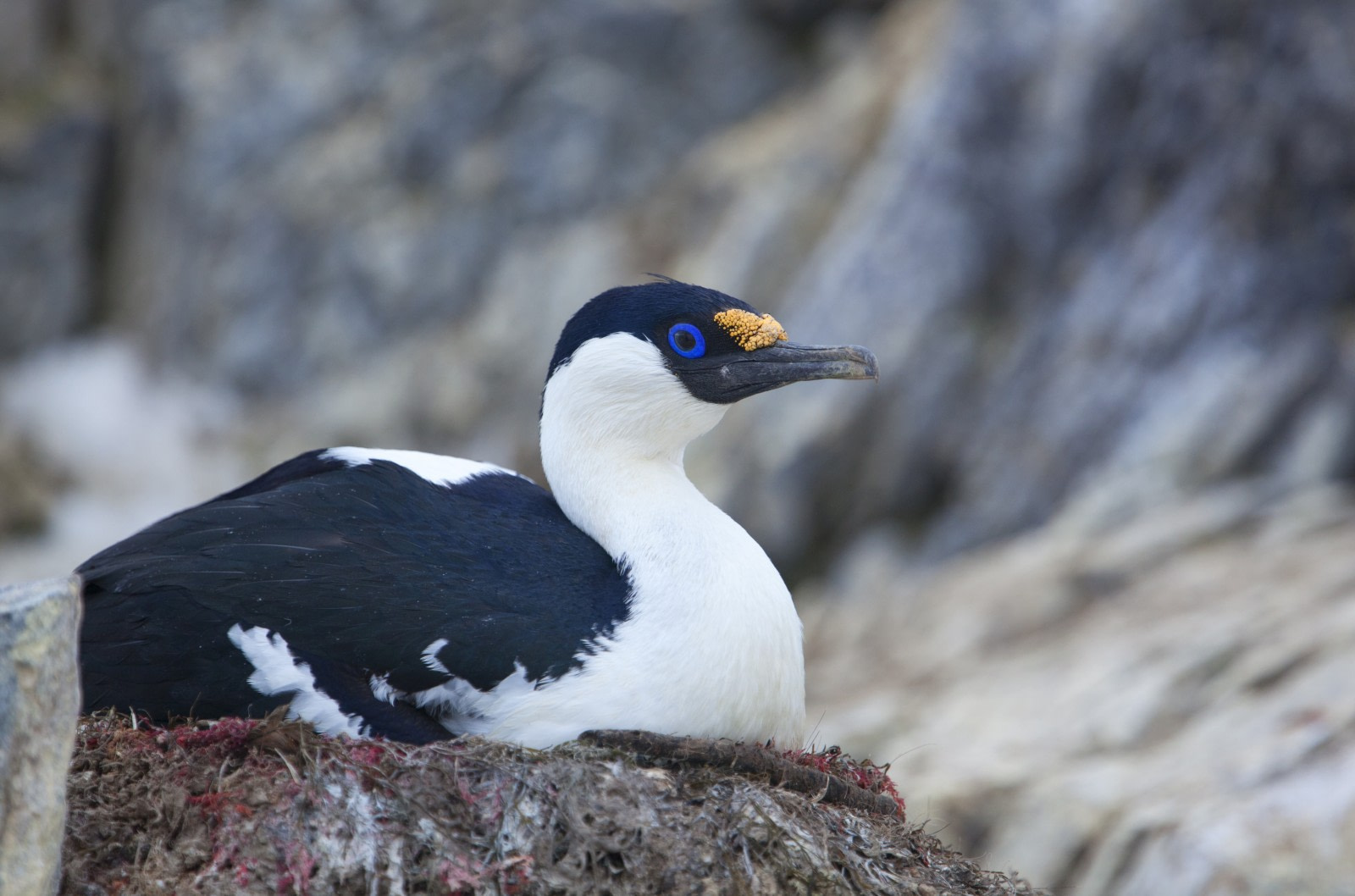

 11 Days / 10 Nights
11 Days / 10 Nights





